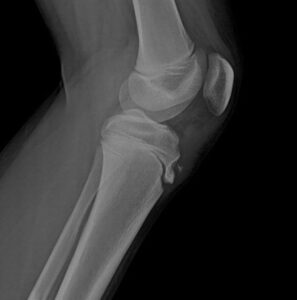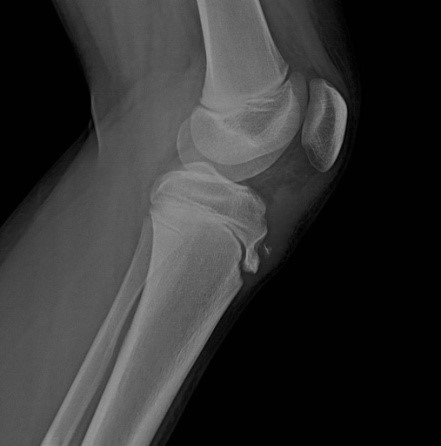When their pain is more than just “growing pains”. Lower limb injuries in the adolescent athlete.
Due to the complex architecture of the growing skeleton, children and adolescent athletes are at risk of a number of injuries that we adults are not. Young athletes can be prone to both acute injuries and chronic overload due to the any combination of the following:
- The presence of open growth plates (physes)
- The presence of unfused apophyses (tendon or ligament attachment sites that are yet to fuse with the main structure of the bone)
- Rapid growth spurts which can affect muscle length, strength and coordination
- High training volumes – from my clinical experience it is not uncommon for young athletes to be training 6-7 times a week across different sports – something we would never expect our elite adult athletes to survive!
When combined with their rapidly changing body, these high training volumes experienced by young athletes can lead to overloading of particular joints and tissues. This can result in structural pathology to the developing skeleton, a diagnosis that may be more significant than simple “growing pains”.
There is increasing recent evidence to suggest that changes to the growth plate in the femoral neck (hip) occur as a result of excessive high-impact sports like soccer or football during growth (Packer & Safran, 2015). This stress on the growth plate can then result in changes to the femoral neck, increasing the risk of developing symptomatic femoracetabular (hip) impingement and pain as an adult.
A common clinical presentation in young athletes is pain in the anterior knee. Like adults, adolescent athletes can experience pain as a result of injury to their patella tendon, and/or patellofemoral joint pain. In fact, younger athletes may be more at risk than their adult counterparts because of their rapidly changing body and altered biomechanics. Osgood-Schlatter Disease (OSD) is a potential cause of knee pain in the adolescent athlete.

Figure 1: Disruption to the tibial apophysis. Note the open growth plate in the distal femur bone. (https://radiopaedia.org/cases/osgood-schlatter-disease-15)
Less commonly, an acute avulsion of the apophysis may occur as result of a forceful kick or jump, and this may require an opinion from an orthopaedic surgeon.
Management of OSD involves a thorough assessment of the athlete’s biomechanical chain to identify factors that may lead to overloading of the knee. Your physiotherapist will also look at the athlete’s loading patterns, and give them strategies to help with load management. Our goal is to maintain sports competition while minimising symptoms and addressing the contributing factors that lead to the pain.
Often parents of athletes will often say, “I thought it was just growing pains”. If you are unsure if it is growing pains or not, then ask yourself the following?
- Does the pain last more than 24 hours?
- Does the pain increase with activity/sport?
- Is the pain only in one arm or leg?
- Is the pain near a joint?
If you are answering yes to some or all of these questions, then further assessment and accurate diagnosis may be beneficial. Call your physiotherapist at Complete. Physio Exercise Performance in Richmond for more information 9882 2020.
References
Packer, J. D., & Safran, M. R. (2015). The etiology of primary femoroacetabular impingement: genetics or acquired deformity? Journal of Hip Preservation Surgery, 2(3): 249-257. doi: 10.1093/jhps/hnv046


